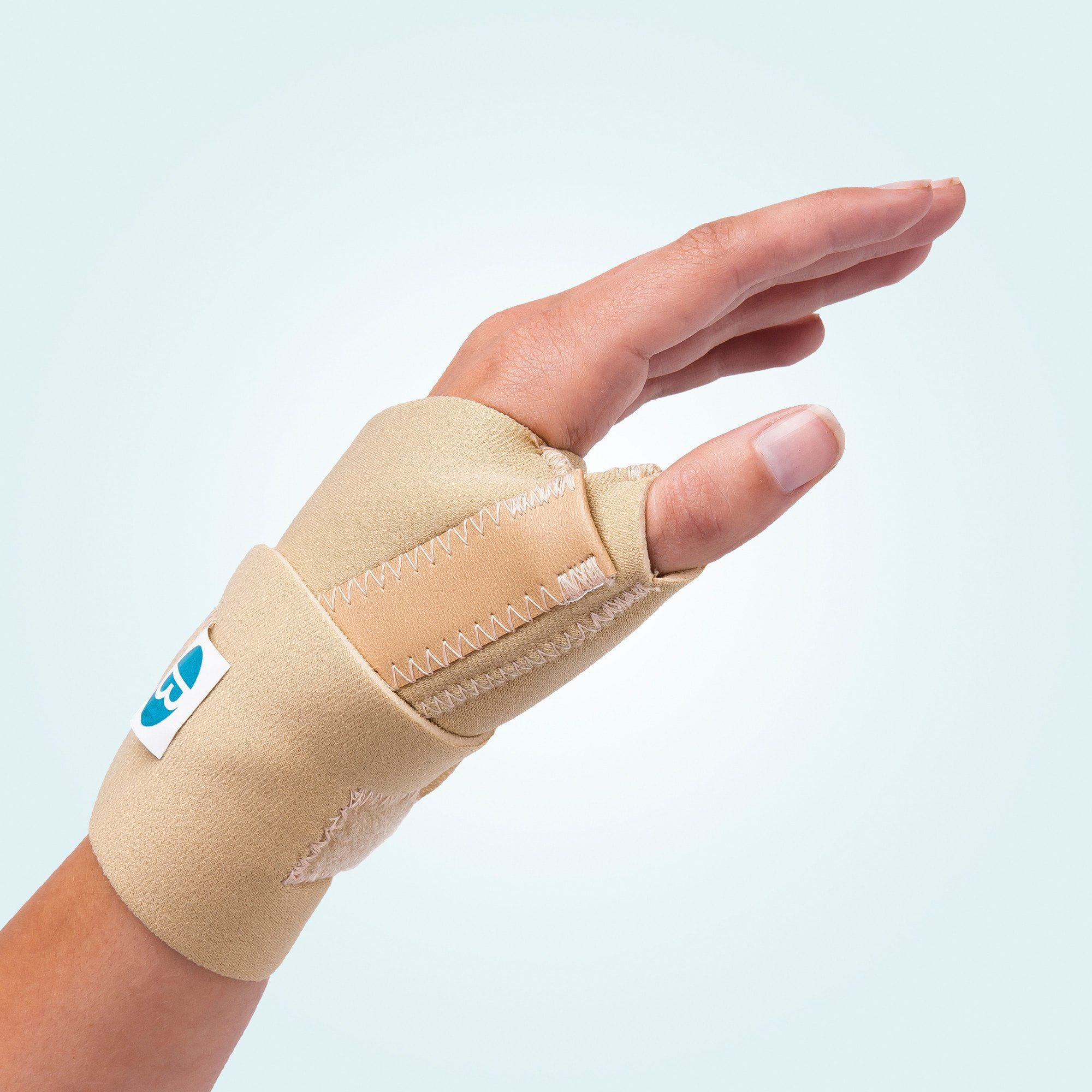
Two independent observers measured the thumb abduction in 30 volunteers by the following four methods: distance between the thumb tip and the flexion crease of the index finger proximal interphalangeal joint distance between the flexion crease of the thumb interphalangeal joint and the proximal palmar crease angle between the thumb and index metacarpals and angle between the thumb and index proximal phalanxes. Supports and braces are of great help for people who do prolonged writing or spend a lot of time painting pictures.The reproducibilities of various measurements of thumb abduction were compared. One should select the brace or support which is light in weight and is not uncomfortable to the hand. Braces or supports not only provide support to the wrist but also maintains the stability of the thumb. Thumb and Wrist Support to Treat Abductor Pollicis Longus Pain: Another way of obtaining pain relief is by utilizing wrist and thumb supports to immobilize the area allowing it to heal. One thing that needs to be understood here is that heat and cold therapy do no go along together and hence if you are using cold therapy for pain relief then it is recommended not to use this gel. This gel needs to be applied in the painful area about three to four times a day. This is normally used for pain caused due to arthritis but can also be used for a Abductor Pollicis Longus muscle pain. This gel warms up the area and helps with inflammation and relieves stiffness and pain. This gel has been proved to relieve pain for long periods of time.

Sombra Warm Therapy Gel is widely used as a mode for pain relief. Heat Therapy: Heat can also be used as a form of treatment for pain in the thumb caused due to Abductor Pollicis Longus muscle injury. Applying Biofreeze and then using this wrap may be extra beneficial. This not only provides pain relief but also has adjustable compression which also helps with the swelling. For this the most recommended is the Ice Wrist Wrap. Ice Wrap: This is also a form of cold therapy for pain relief from a dysfunctional Abductor Pollicis Longus causing thumb pain. This muscle also is responsible for assisting in flexion of the wrist. As mentioned the main function of the Abductor Pollicis Longus is to assist in the movement of the thumb which is to flex and extend. Blood to this muscle is supplied by the Posterior Interosseous Artery.

In the Abductor Pollicis Longus muscle present are the posterior interosseous nerve and a portion of the deep branch of the radial nerve. In some cases these two muscles merge together. This muscle is located immediately underneath the supinator muscle. Distally, this muscle attaches to the base of the first metacarpal bone. Abductor Pollicis Longus also attaches to the interosseous membrane. When it comes to its attachment in the proximal part it is attached to the bones of the arm, namely the radius and the ulna. 1 When the extensor indicis is added to these muscles, then they form a group of muscles called the deep extensors. Assisting the Abductor Pollicis Longus in facilitating thumb movements are the Extensor Pollicis Brevis muscle and the Extensor Pollicis Longus muscle. The Abductor Pollicis Longus muscle which along with two other muscles helps with motion of the thumb.

What is Abductor Pollicis Longus and What is its Function?


 0 kommentar(er)
0 kommentar(er)
